(TheBRHM.com) I’ve always had a love-hate relationship with neoclassical Metal or shred. Shredding—the central part of many neoclassical works—involves the guitarist(s) performing an extended display of their skill. This is often played rapidly but there are pieces with slower, more digestible guitar solos of the same length.
The thing is that while I do enjoy large parts of many neoclassical metal releases: I’ve never been a fan of instrumentals. I really can’t stand when I see them in track listings online on Metal Archives and the majority of the album is just instrumentals.
Neoclassical Metal Isn’t a Hard Genre to Love…It’s Just Hard to Follow
Of course, you know what you’re getting if you’re familiar with the genre and its acts. A resource like Metal Archives is also extremely useful in learning about other metal acts we’ve discussed. In reading up on a band, you’ll find the “Similar Artists” tab to be very useful in discovering new bands.
It can also be useful if you aren’t familiar with a genre and see that a band had multiple genres that it performs—or performed. Judas Priest is presently described as “Heavy Metal” but in past years it has been “Heavy Metal/Speed Metal” which I believe is more accurate.
In relation to neoclassical, it wouldn’t be unusual to find a band with “Neoclassical Metal/Speed Metal” or “Neoclassical/Power Metal”. Neoclassical metal has close roots to both power metal and speed metal and depending on the region where bands in both genres were founded in the 70s and 80s, either the bands started as speed metal and became power metal—as is the case with Helloween, Running Wild, and Blind Guardian—or the genres both came out of heavy metal—such as the case of Manilla Road and Thor.
I was able to enjoy neoclassical because of 80s acts like Yngwie J. Malmsteen, Tony MacAlpine, and Michael Angelo Batio. However, after them and seeing what neoclassical offered, I needed bands that were more in the Malmsteen realm where he regularly worked with good singers on his releases. Honestly, it comes down to me being really big on lyrics and vocals over everything else and will usually skip tracks that aren’t either a song or narrated interlude to the next track.
Ultimately, neoclassical metal puts the guitarists far in front in way that other genres don’t. In other genres, vocals are still an important presence and share the stage with guitars—unless it’s meant for the guitar to be the star. I don’t mean in a guitar solo sense but as in this is more of a backing band for the guitarist than a more conventional band.
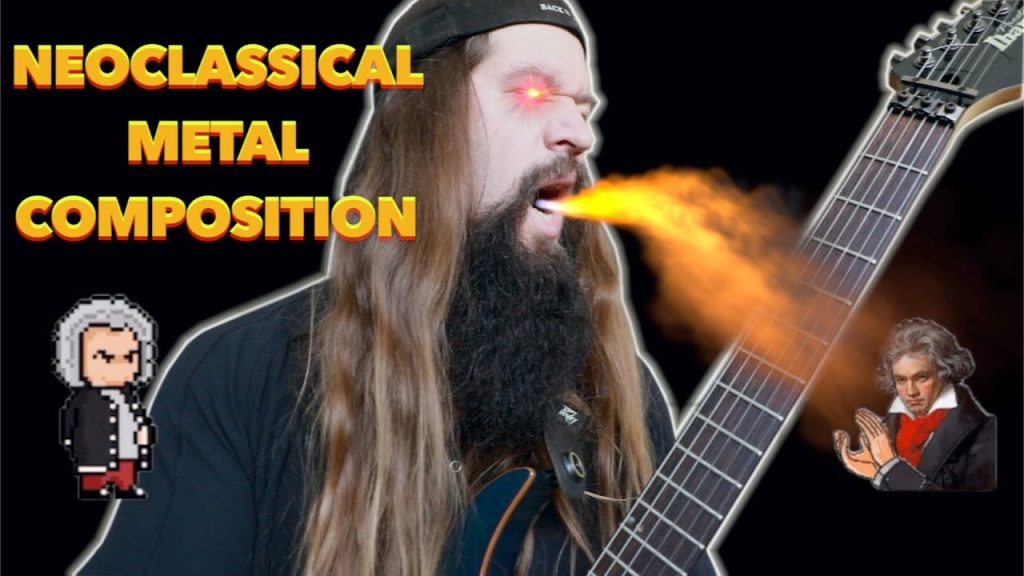
It’s Probably the Safest Listen for Sensitive Ears
Metal isn’t known for having genres that are easy on the ears sonically and lyrically. Even the most docile tune can have some bite to it or explode into a wall of speed and/or heaviness. A particularly non-violent song can still rip. The slowest, most plodding song can create a heavy atmosphere.
However, if there’s one genre that doesn’t carry the risk of being too vulgar, violent or whatever it’s neoclassical metal. Sure, the arrangement of the songs can be more aggressive but because of the absence of vocals most of the time, you’re not going to risk getting some aggressive, violent, or offensive content.
I wouldn’t say it’s the background music of metal—any music can be thrown on in the background—but it really excels as background tunes or theme music in wrestling such as Malmsteen’s “Rising Force” being the theme for Japanese promotion Michinoku Pro Wrestling’s 15th anniversary event…and it rocked.
Then again, it’s “Rising Force” and that wasn’t an instrumental. For those of you who dig neoclassical metal, what drew you to it? Also, what modern artists should a newcomer to metal or someone who dropped neoclassical check out to get back into it?
As always, share your thoughts below!
Staff Writer; M. Swift
This talented writer is also a podcast host, and comic book fan who loves all things old school. One may also find him on Twitter at; metalswift.


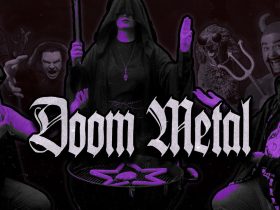




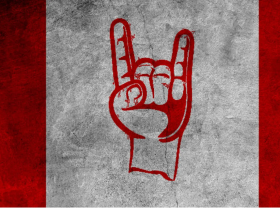
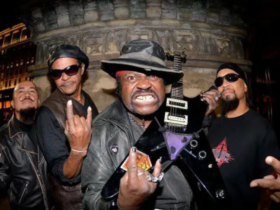
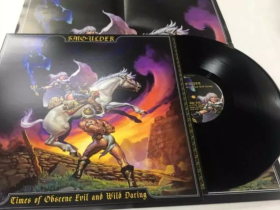
Leave a Reply